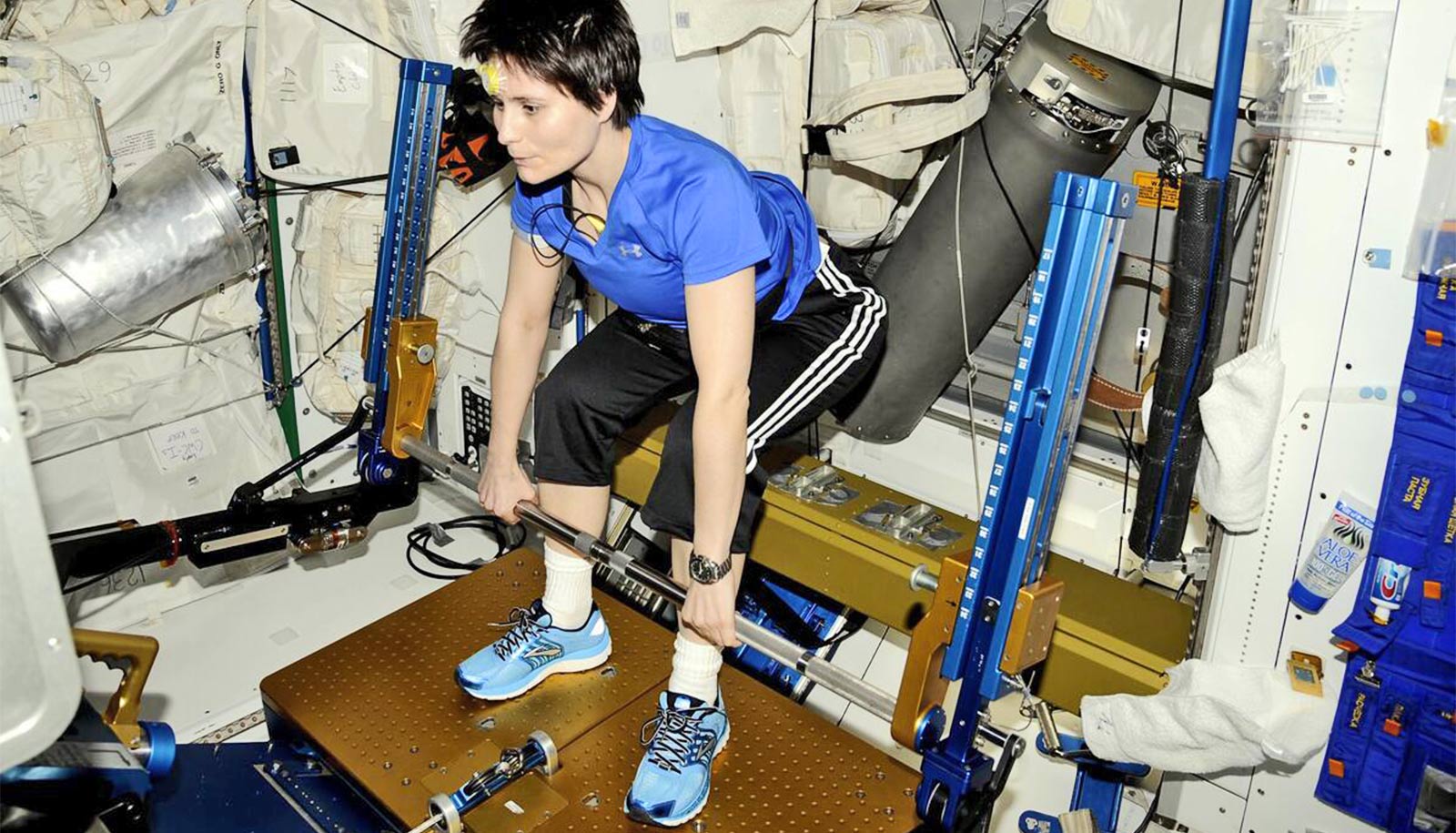Working out can reduce the influence that genes have on obesity for women over 70, according to a new study.
“Our sample, which included older women, is the first to show that in the 70- to 79-year-old age group, exercise can mitigate the genetic effects of obesity,” says the study’s lead author Heather Ochs-Balcom, associate professor of epidemiology and environmental health in the University at Buffalo’s School of Public Health and Health Professions.
“The message here is that your genetic risk for obesity is not wholly deterministic,” Ochs-Balcom, adds. “The choices we make in our life play a large role in our health.”
Researchers studied 8,206 women of European ancestry who participated in the Women’s Health Initiative. They used a larger set of 95 genetic polymorphisms to construct their body mass index genetic risk score to study the interaction between physical activity and obesity. Then, they evaluated whether genetic associations were modified by exercise and age.
The study revealed that genetic associations on BMI were strongest in sedentary postmenopausal women and weakest in women who reported high levels of recreational physical activity.
“Our work suggests that in older age, we can overcome our destiny for obesity—given to us by our parents—through exercise,” Ochs-Balcom says.
The study is significant in that, up to this point, little had been known about the effect of obesity genes later in life, particularly whether genetic predisposition can be mitigated by healthy behaviors such as physical activity, the researchers note.
Even a little activity may lower older women’s death risk
It’s also one of a growing number of studies highlighting the benefits of being physically active, especially as it pertains to healthy aging.
“For the elderly, exercise is important for preventing muscle loss, which helps reduce the risk of falls,” says Ochs-Balcom. “Plus, there are many other benefits of exercise in older adults.”
The study appears in the journal Menopause. Researchers from the Fred Hutchinson Cancer Research Center; the University of Wisconsin-Milwaukee; Rush University Medical Center; UC Davis; and Ohio State University also contributed to the work.
Source: University at Buffalo



